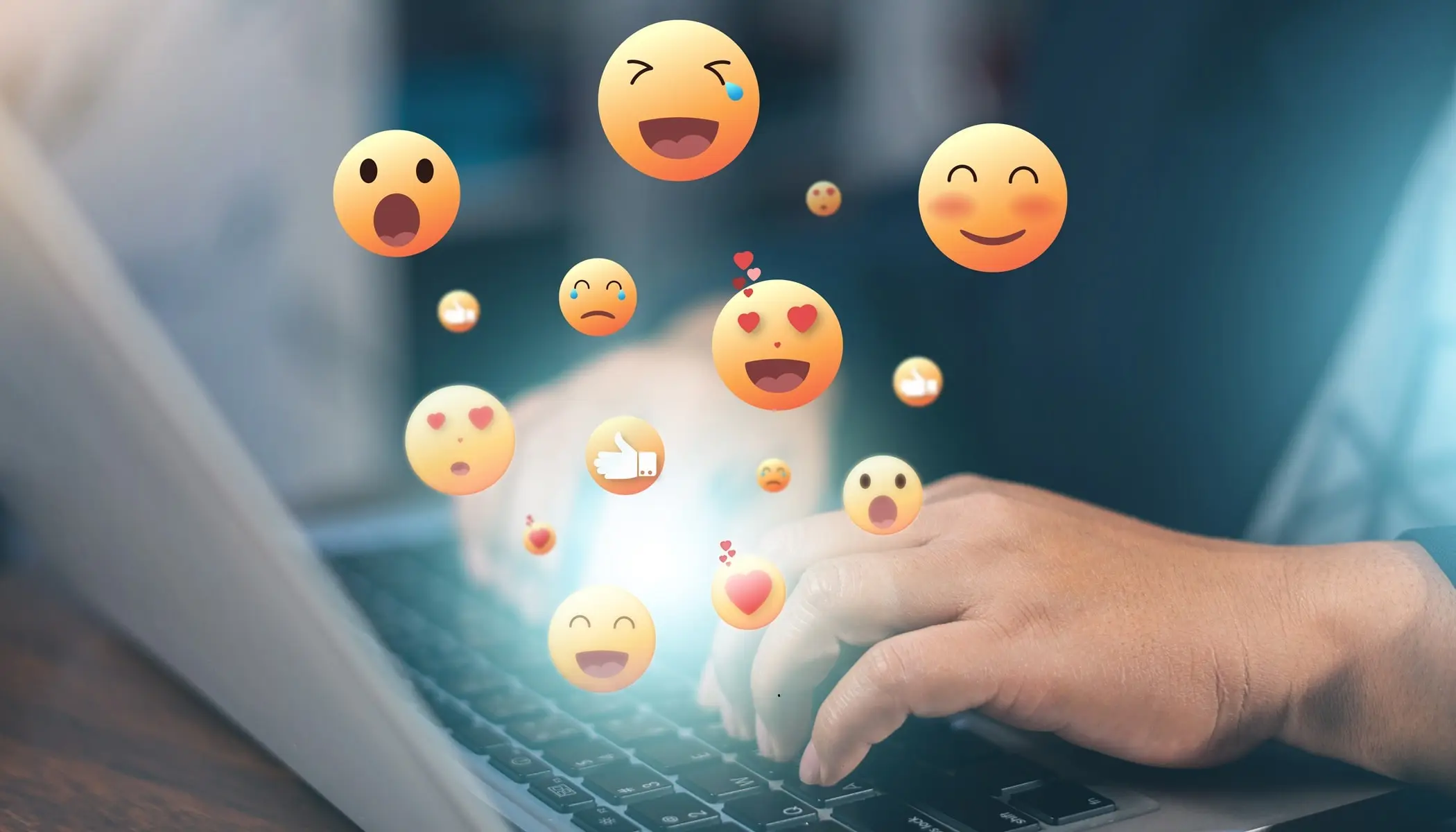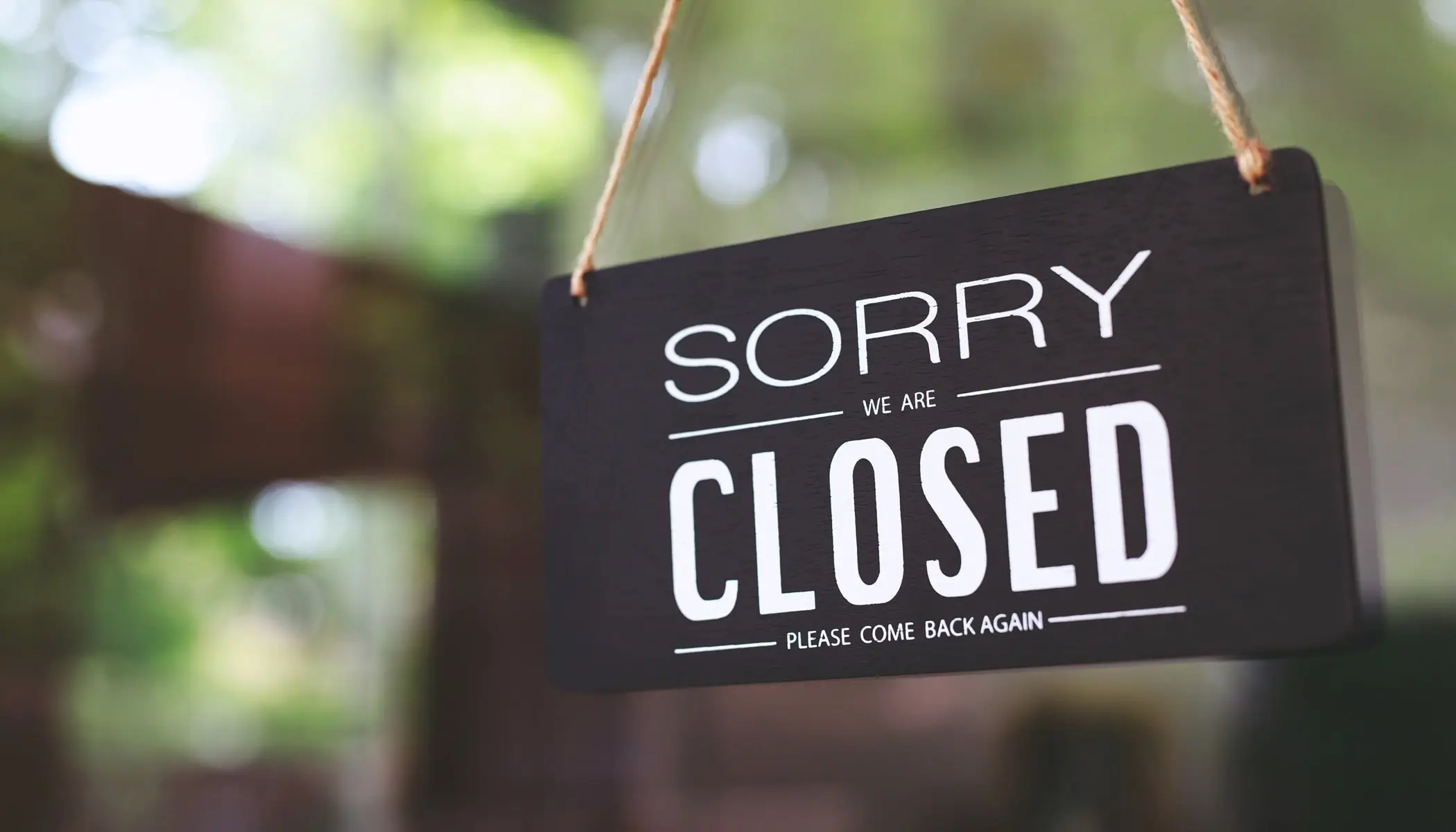How to use Emojis at Work without crossing the Line
Find out when and how to use emojis in your work messages to add a personal touch without losing professionalism. Discover tips to avoid common mistakes and keep your communication clear and effective.

Contents
Introduction: Emojis in the Workplace
In a world where we meticulously dictate how words should be spelled and where punctuation marks should be placed, it’s fascinating to see how many emojis have entered our communication without clear rules. These small symbols have the power to make your messages more emotional and persuasive, but they can also be a double-edged sword, especially in professional settings.
1. Use Emojis Wisely: Conveying Emotions, Not Words
Emojis are valuable tools when they express feelings or moods that are difficult to capture with words alone. For instance, a simple 🙂 can instantly make a brief statement feel friendlier, while using 🚗 or 🛫 might make your text seem overly playful and harder to read, particularly in a professional context.
Examples of Effective Emoji Use:
- Emotionally Charged Statements: "Please finish this by today. Thanks!" versus "Please finish this by today. Thanks! 🙂" Adding the smiley can make your request feel more positive and less like a demand.
- Reinforcing Positive News: "Great news!" versus "Great news! 🥳" The celebratory emoji can amplify the excitement of the message.
Avoid: Replacing words with emojis that represent objects or actions (e.g., using 🛫 instead of "flight"). This can make your message seem unprofessional and difficult to interpret.
2. Avoid Misunderstandings: Ensuring Emojis Are Understood
Not all emojis are created equal, and their meanings can vary depending on context, culture, and even the platform you're using. For example, the 😬 emoji might be seen as a nervous grin by some, while others interpret it as a sign of discomfort. To avoid confusion, stick to universally understood emojis.
Common Emoji Misinterpretations:
| Emoji | Possible Interpretations |
|---|---|
| 😏 | Some see this as a playful smirk, while others might perceive it as flirtatious or even sarcastic. Use with caution, especially in a professional setting. |
| 😬 | Is it a grimace, a nervous smile, or a sign of unease? The ambiguity of this emoji can lead to misunderstandings. |
| 😒 | This can be interpreted as annoyed or unimpressed, but some might see it as a sign of frustration. It's best to avoid using this emoji if you're unsure how it will be perceived. |
| 😉 | A wink can be friendly or playful, but it can also come off as sarcastic or flirty, which might not be appropriate in a professional context. |
| 😞 | This sad face might express disappointment or regret, but it can also be interpreted as passive-aggressive, depending on the context. |
| 🙄 | The eye roll emoji can be used to express sarcasm or frustration, but it might also come across as dismissive or disrespectful, especially in professional communication. |
| 😐 | A neutral face might seem indifferent or uninterested. While it's intended to be neutral, some might interpret it as cold or uncaring. |
| 😳 | While intended to show embarrassment, this blushing face might also be interpreted as shyness or even romantic interest, which could lead to misunderstandings. |
Pro Tip: If in doubt, leave it out. A well-chosen word is often better than an emoji that could be misinterpreted.
3. Know Your Audience: Who’s Reading Your Message?
Before sending off that emoji-laden message, consider who’s on the receiving end. Emojis that might be perfectly fine in a casual chat with colleagues could come across as unprofessional or even inappropriate when communicating with clients or higher-ups.
Tailoring Your Emoji Use:
- Generational Differences: Younger colleagues might appreciate the use of emojis like 💀 (used humorously to express being “dead” from laughter), while older generations might find it confusing or even off-putting.
- Cultural Sensitivity: Be aware that emoji meanings can shift across cultures. What’s seen as a friendly gesture in one place might be taken as offensive in another.
Key Takeaway: Know your audience and use emojis that align with the tone and professionalism expected in your specific communication.
4. Conclusion: Choosing the Right Emojis for the Right Tone
In the realm of professional communication, less is often more. Stick to a few well-chosen emojis that can help convey positivity, friendliness, or excitement, without overwhelming your message or leaving room for misinterpretation.
Safe Emojis to Use:
- 🙂: Friendly and approachable.
- 🙃: Playfully sarcastic.
- 😀: Genuinely happy or amused.
- 😇: Innocently proud.
- 🥳: Celebratory, marking a special occasion.
Final Thought: Use emojis to enhance, not replace, your words. When used thoughtfully, they can add a human touch to your professional communications, making your messages not only clearer but also more engaging.
Cityjobs.info empowers professionals to take the next step in their careers by connecting them with the right opportunities and employers.









